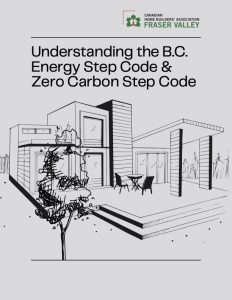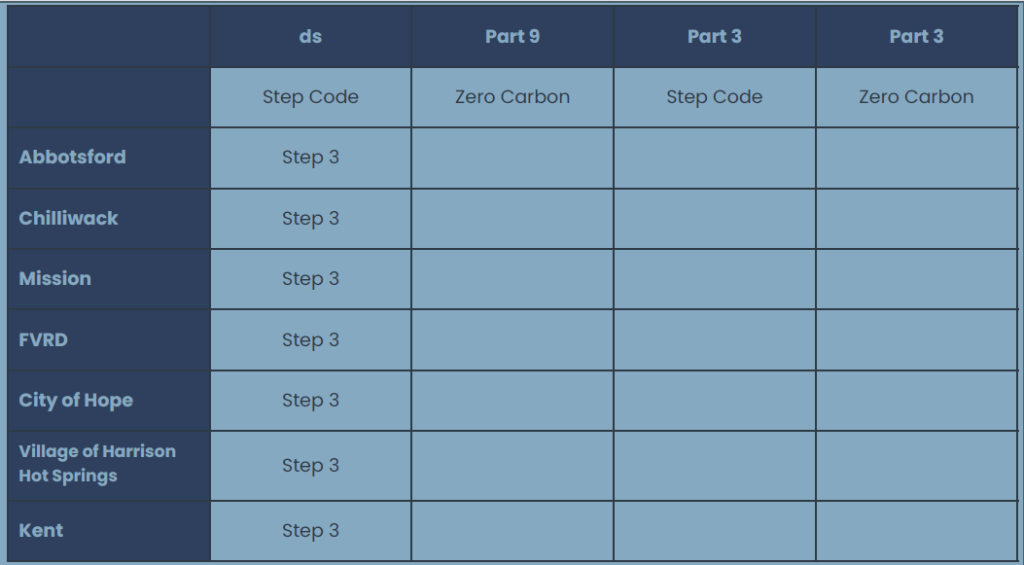
The BC Energy Step Code is a performance-based standard introduced by the Provincial Government as an optional pathway within the BC Building Code. Its purpose is to help British Columbia reach its goal of ensuring all new buildings are net-zero energy ready by 2032. The Step Code lays out a gradual, five-step approach that increases energy efficiency over time, with the final step becoming the standard by 2032.
As of May 1, 2023, the BC Building Code now requires all new buildings to meet 20% better energy efficiency across the province. This marked a major shift toward more sustainable construction practices.
On the same day, the Province also introduced the Zero Carbon Step Code, a voluntary standard designed to reduce greenhouse gas emissions from new buildings. While the Energy Step Code focuses on how efficiently a building uses energy, the Zero Carbon Step Code targets how much carbon a building emits.
KEY DIFFERENCES
BC Energy Step Code:
Mandatory for most new construction
Focuses on improving energy efficiency
Zero Carbon Step Code:
Voluntary (for now)
Focuses on reducing carbon emissions
Can be adopted by municipalities as part of local bylaws or incentives
ZERO CARBON STEP CODE LEVELS
Like the Energy Step Code, the Zero Carbon Step Code uses a step-based system, each with measurable performance levels:
EL-1: Measure-only (data collection only)
EL-2: Moderate Carbon Performance
EL-3: Strong Carbon Performance
EL-4: Zero Carbon Performance
Together, these codes are shaping the future of homebuilding in B.C.—creating homes that are more comfortable, efficient, and better for the planet.
BC STEP CODE / ZERO CARBON STEP CODE IN THE FRASER VALLEY REGION

